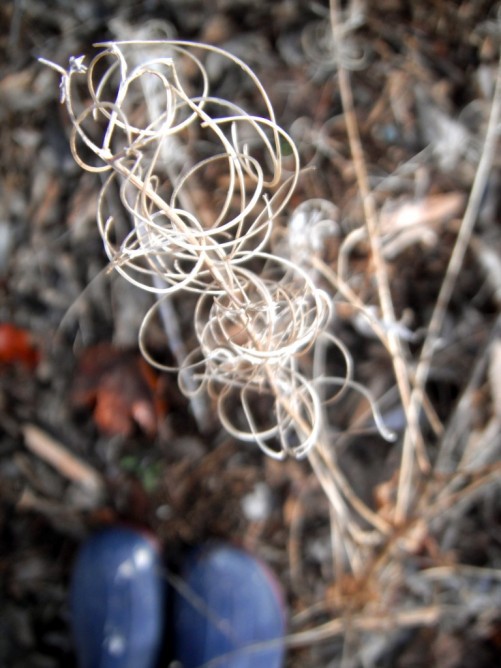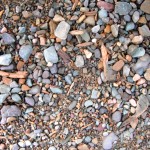What is it about the reoccurring patterns and palettes that randomly occur in nature that make them inherently appealing? I can’t imagine not being enthralled by the rhythmic pattern of sand caressed by waves or even by the inviting waves as they crash and dissipate along a shoreline. Or the way dappled sunlight draws me into a forest. Or, how is it possible that a deciduous forest in its full color splendor is always “in season”?
Nature’s captivating patterns are chaotic and random yet harmonious. There is something impossible about the way the textures and colors emerge without a stylist’s help. These random yet beautiful patterns did not go unnoticed by David Oakey and his team of designer working for InterfaceFLOR. The team was asked to think about how nature would design flooring, and what they discovered is that nature designs with randomness.
Inspired by the organized chaos of a blanket of fallen leaves and a bed of river stones, the team discovered that none of nature’s examples had the exactly the same color makeup and contents, yet collectively they each created a complex and cohesive pattern. Oakey designers applied this nature-inspired design principle of random pattern diversity to re-design and re-define what carpet, and carpet installation and replacement, means today. They created Entropy®, modular carpet unidirectional “tiles” that are laid side-by-side to form a cohesive wall-to-wall installation despite the fact that no two carpet tiles are exactly the same. The huge success of this product led to the creation of the entire i2™ Modular Carpet collection.
What else can we learn from nature’s patterns? We are all familiar with the beautiful patterns spiders weave into webs which they use to capture unsuspecting insects as they fly by but have you ever thought about how birds avoid hitting spider webs? All too often I find myself experiencing that awful cobwebby feel of walking face-first into a spider web. Do birds experience this? If not, why not? It turns out that many spider species cleverly weave a few UV-reflective silk strands into their webs to prevent bird “drive-bys.” These strands are clearly visible to birds, because they can see a broader UV spectrum than humans, which explains why I am caught in a tangled web and they are not. Designers and researchers at ORNILUX apply a special ultraviolet-reflective coating to their glass, that appears almost transparent to humans but is clearly visible to birds, which reduces bird collisions (and deaths) by significant proportions.
Nature’s design patterns are apparent nearly everywhere we choose to look but also where we take the time and make the space to hear, feel, smell, and taste. We can even detect them within ourselves, from the rhythm of our breath and the cadence of our speech and gait, and among our routines and habits, from the paths we make and the closed-loop cycle of our life. What patterns are you creating as a part of your everyday acts? What design inspiration can you derive from nature’s patterns?

